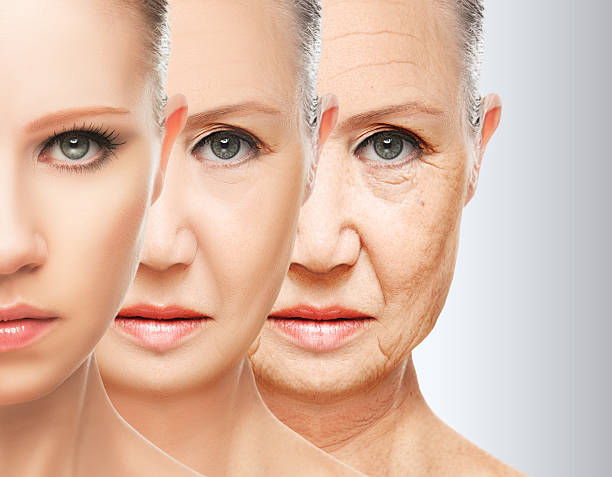Leave a Comment:
1 comment
[…] I also apply sun screen that I consider the best sunscreen out there. […]
Reply
Okay, I admit it. As a teen I tanned constantly. If I knew then what I know now…Skip ahead 30 or 40 years. I’m a 55 year old cancer survivor. The autologous stem cell transplant I underwent in ’95 increased my risk of skin cancer. I stay out of the sun.
But trying to tell kids not to tan is an argument waiting to happen. The solution? Choosing sun screen without nasty chemicals that will protect both you and your kids from BOTH harmful UVA and UVB sun rays.
The two Wall Street Journal articles linked and excerpted below clarify what works best and why. The bottom line?
It’s on the “pricey side” but this “velvety cream” is both broad spectrum and works without nasty chemicals. Your skin is worth it.
Have you been diagnosed with skin cancer? Basel or Squamous Cell Carcinoma or Melanoma?
You owe it to yourself to learn about both conventional (FDA approved) and non-conventional therapies.
To learn more about other evidence-based therapies that can help prevent the development of non-melanoma skin cancer or relapse, please watch the short video below:
To access the Non-Melanoma Skin Cancer Guide, click here.
Non-Melanoma Skin Cancer at a Glance-
For information about both melanoma and non-melanoma skin cancer scroll down the page, post a question or comment and I will reply ASAP.
thank you,
David Emerson
“MY QUEST FOR the ideal mineral-based sunscreen, one that’s made without iffy chemicals and doesn’t leave a chalky film on the skin, has caused some considerable collateral damage over the years…
Nevertheless, I understand just enough about the research that condemns chemical sunscreens to be concerned. One popular ingredient, oxybenzone, an excellent filter for UVA rays, is also a synthetic estrogen. If it’s absorbed through the skin, it can be an endocrine disrupter.
Retinyl palmitate, often used because it’s an antioxidant that boosts the efficacy of UV filters, may also increase photocarcinogenicity, the rate of developing cancerous lesions or tumors from sun exposure, according to a 2009 study…
This velvety cream is the star of the physician-developed line. The tinted formula is deep enough for dark skin but suitable for fairer tones. At $32 for a scant amount, it’s on the pricey side. It protected my arms, chest and face for a 3-hour ride on the Santa Monica bike path, but there was scarcely enough left for a second application.”
In suntan-lotion labeling, SPFs above 50 offer little additional benefit and ‘broad spectrum’ is key
“It has been two years since new Food and Drug Administration rules regarding sunscreen labeling went into full effect. But many consumers are still in the dark about what those labels say…
Not all of the pertinent data are spelled out. And the most familiar icon on a sunscreen label, the sun protection factor, isn’t even a unit of measurement: SPF 15 doesn’t measure 15 of anything…
Skin cancer is the most common cancer in the U.S., according to the Centers for Disease Control and Prevention, and most varieties, including melanoma, the deadliest kind, are caused by exposure to the ultraviolet light that sunscreens help filter out…
One estimate is that 90% of melanomas are sun-related,” said J. Leonard Lichtenfeld, deputy chief medical officer for the American Cancer Society, which predicts 2.2 million people will be diagnosed with skin cancer this year, including 73,870 cases of melanoma…
There are two kinds of ultraviolet light that cause skin damage: UVB, which is primarily responsible for sunburn, and UVA, which leads to premature aging—the wrinkles and leathery skin caused by years of sun worship. Both cause cancer...
All sunscreens filter out UVB light, but only some products shield the skin from UVA rays, and two pieces of information are key to deciphering whether the product filters out one or both: The SPF number and the words “broad spectrum.””
[…] I also apply sun screen that I consider the best sunscreen out there. […]
Reply